|
Bootcamps are a simple and effective concept. The idea is to compress essential instruction into a short amount of time, creating a strong enough foundation for students to be successful working independently. In practice, Bootcamps can be tweaked endlessly. This year I added a few components to my Art 1 Painting Bootcamp, where students learn the basics of color theory and how to use watercolor and acrylic paint. All the painting described below is done with color mixing from warm and cool primaries, plus white and brown. All my teaching is organized by my Artistic Thinking Process. My Painting BootcampDay 1: Color theory and setup with acrylic. I start by asking kids to make a chart that they will use compare and contrast acrylic paint, pictured above. I ask them to take notes about the materials needed for each as I describe the setup and procedures we use as pass out materials. Next, I ask my table groups, which have 3 to 4 students, to select a page from a magazine. Then I tell them about the color mixing challenge and overview basic color theory. Groups have half an hour to mix matches for as many colors in their chosen magazine page as they can. They get immediate feedback by placing the paint right on the page in the area they are trying to match. If the color is exact, they circle it and add it to their total. If it's off, the group problem solves about what they need to change or add to get it right. When time is up each group shares their total number of matched colors, along with something that they learned during the activity. I leave lots of time at the end of this first class to teach clean up procedures and check for mastery. Then, if time allows I ask students to write what they think about acrylic paint in the +/- section of their comparison chart. 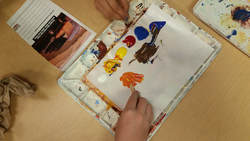 Day 2 and 3: Acrylic and Watercolor Techniques I teach the techniques for watercolor and acrylic over two days by demonstrating then having students try. For acrylic I teach smooth gradient, painting with visible texture, layering and dry brush. For watercolor I teach dry brush, wash, layering and wet on wet. I discuss the basics of atmospheric perspective as I demo layering in each medium. I frequently mention that they are collecting information that will help them decide which type of paint to use in the summative assignment, which is to create a landscape painting . Days 4 - 7: Development and Creation I ask students to create a landscape painting for the summative artwork for this Bootcamp because:
For the Development stage I ask students to pick three of the following tasks: - Search for and combine reference images (I require students who do not have a photo they've taken to compile at least two online images with a compositional sketch).
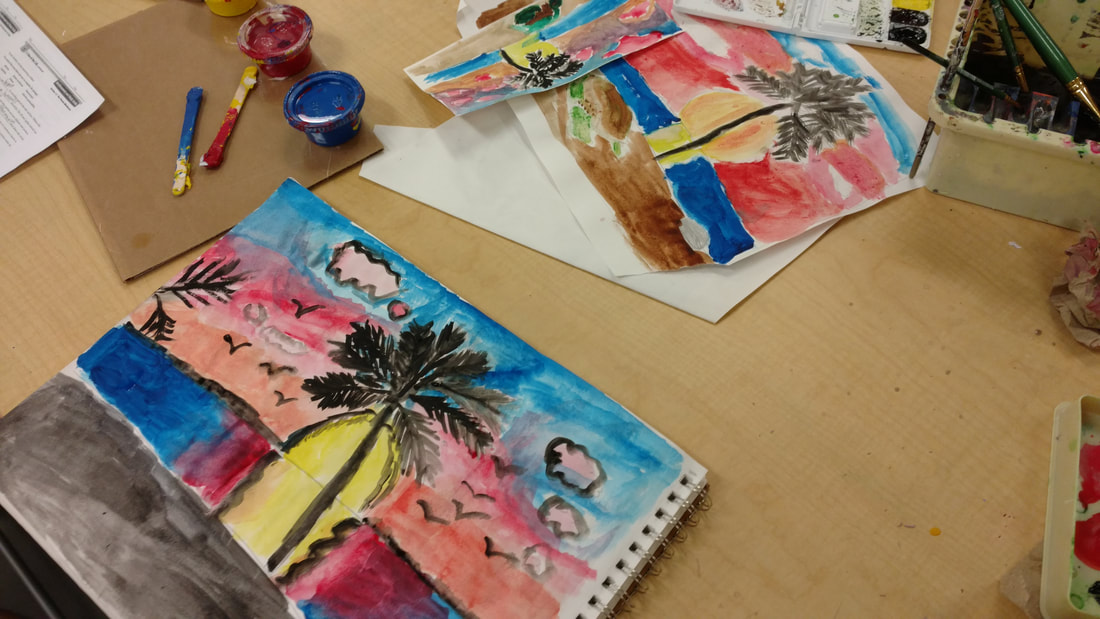 This student decided to make multiple practice paintings. He kept forgetting to paint the sunset first and the silhouette second. After his third try he and I both agreed he was ready to start the final. This student decided to make multiple practice paintings. He kept forgetting to paint the sunset first and the silhouette second. After his third try he and I both agreed he was ready to start the final. Students spend at least a full 90 minute class on Development, sometimes two. At this point in the year I am still establishing my expectations for ownership and this part of the process needs to make abundantly clear that the student needs to put in the work to build an artwork. I do not give them answers - they make their own path. After Development, students move on to Creation, which we'll finish early next week. I'm excited to see how these birch trees turn out. :)
5 Comments
Haydee Ullfig
9/23/2017 03:47:35 pm
What ages?
Reply
Melissa Purtee
9/26/2017 01:06:27 pm
Mostly high school freshman!
Reply
Dawn Ellison
6/3/2018 06:04:33 am
This is an amazing way to put the responsibility and work on the students! Much better than the "demonstrate and follow along" method I use so much. This allows students to explore and discover on their own terms. I love it!!
Reply
lynn
9/9/2018 01:24:56 pm
Curious, do you have an enduring question/s for them before you get started? what are they?
Reply
Melissa
3/29/2019 02:46:20 pm
I love this! So many people think TABs is a free-for-all, but this demonstrates riggor and project based learning. I'm currently teaching middle school and will be moving to highschool next year. I've only just discovered and dabbled in TABs, so I'm excited to start fully next year. Thank you for your book and blog, it's amazing how you are willing to share so much on your blog for free. I will be sure to pay it forward!
Reply
Your comment will be posted after it is approved.
Leave a Reply. |
Mrs. PurteeI'm interested in creating a student student centered space for my high school students through choice and abundant opportunity for self expression. I'm also a writer for SchoolArts co-author of The Open Art Room. Archives
December 2019
Categories
All
|
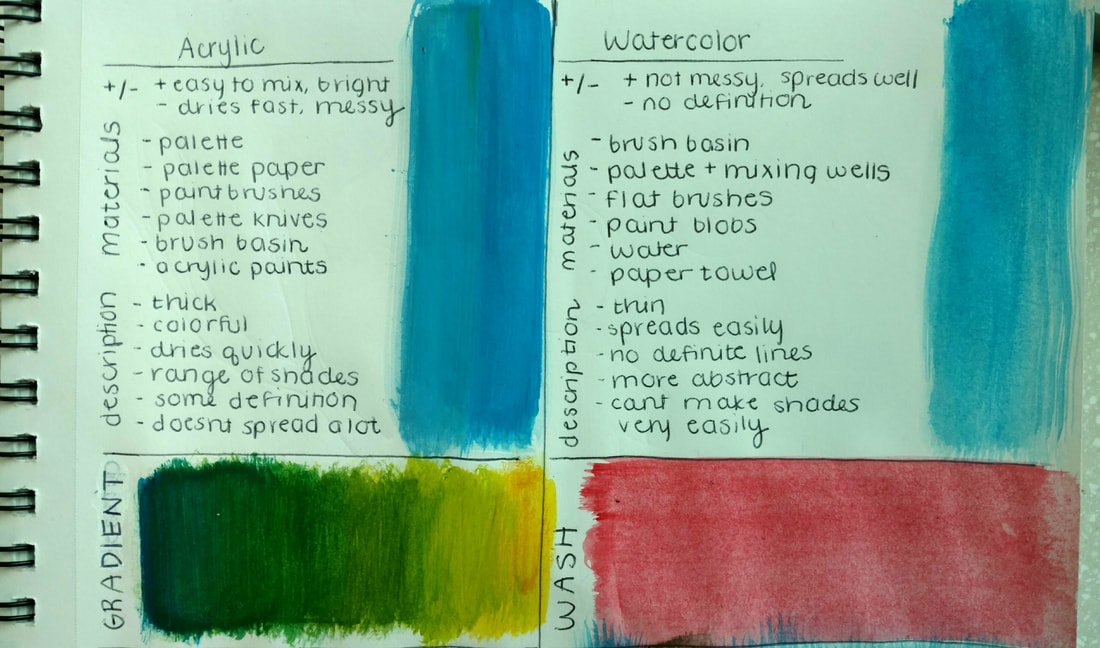
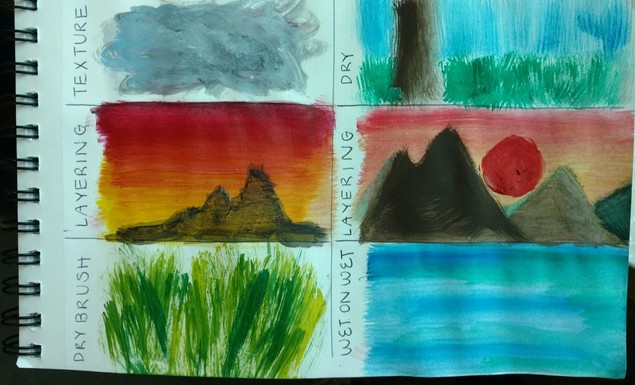
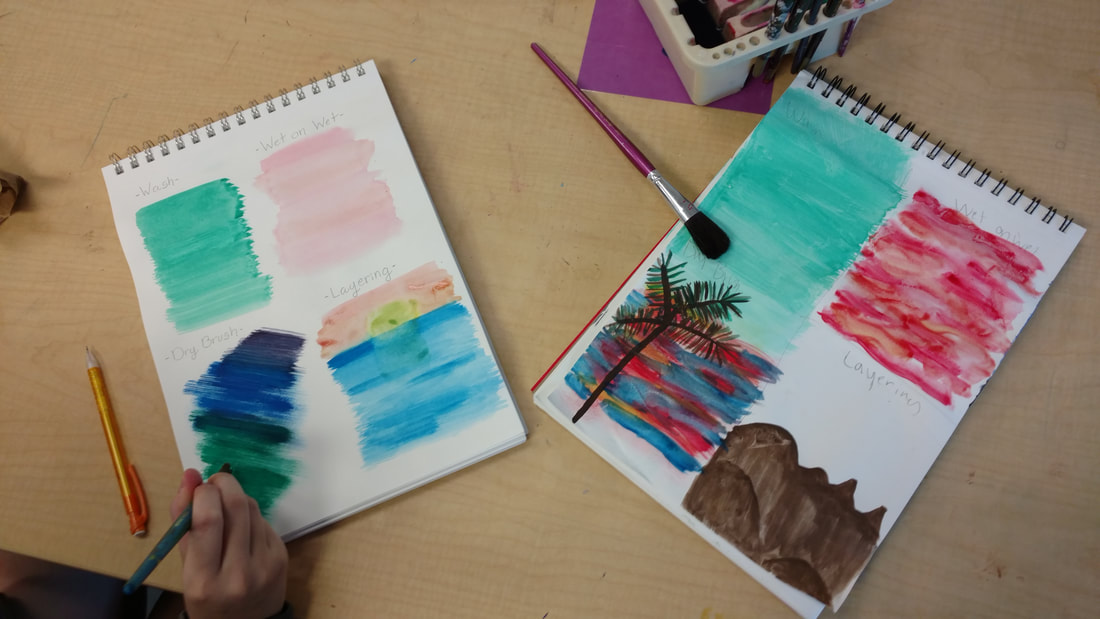
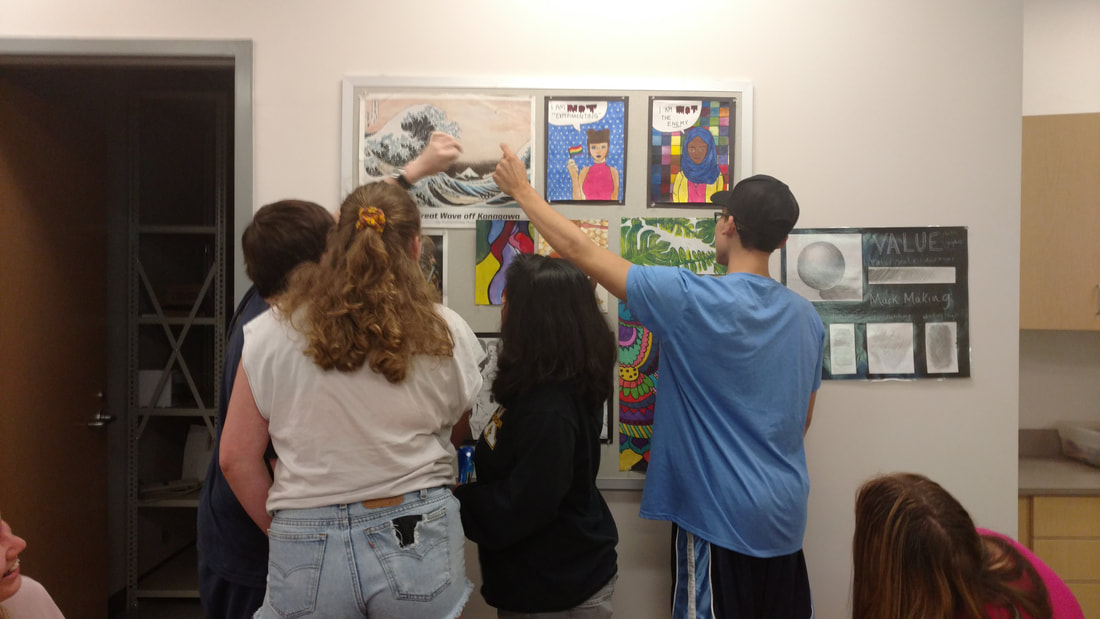
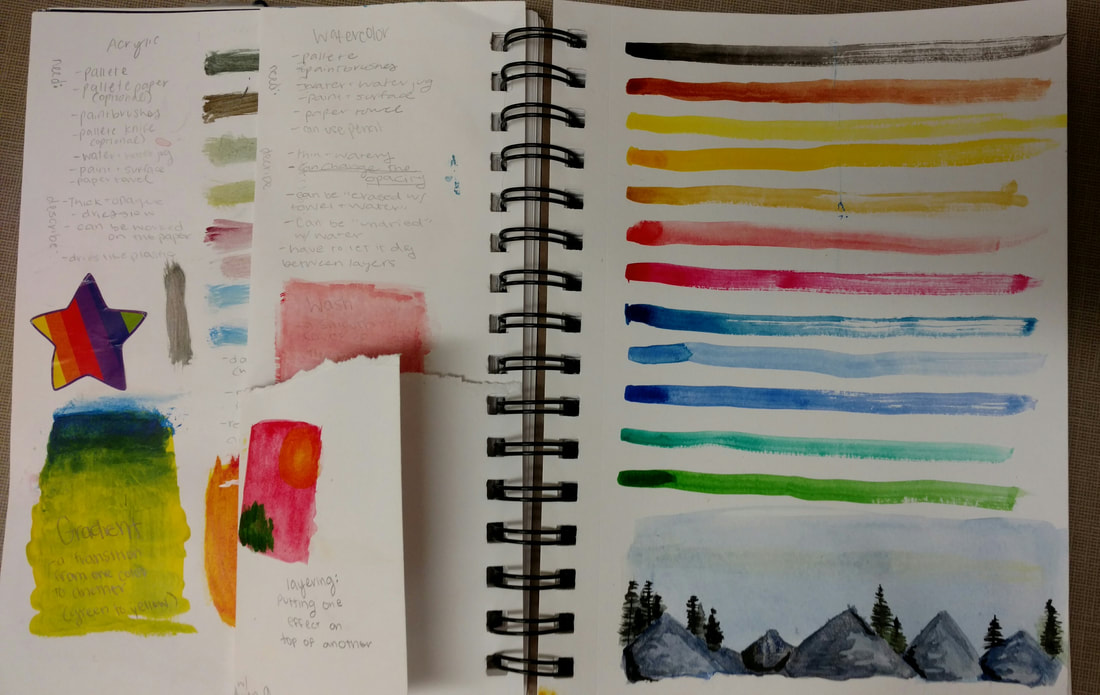
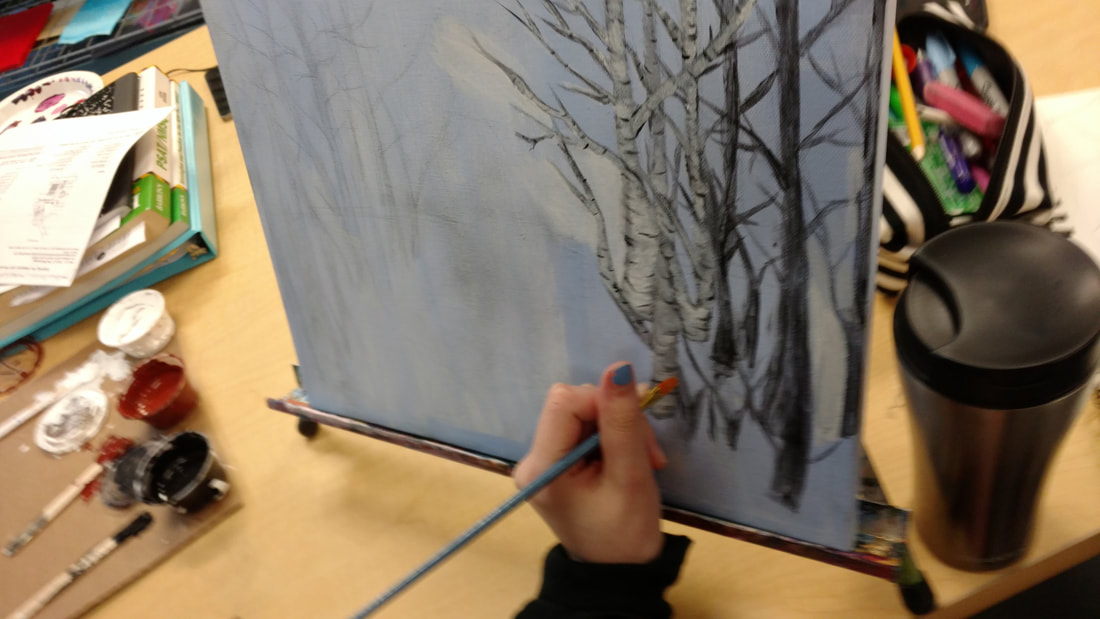
 RSS Feed
RSS Feed
